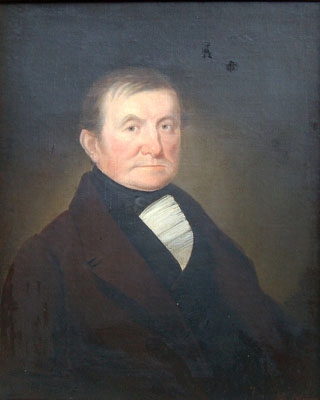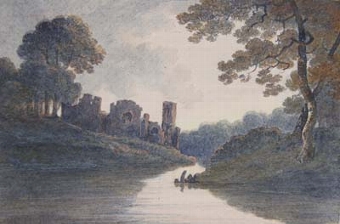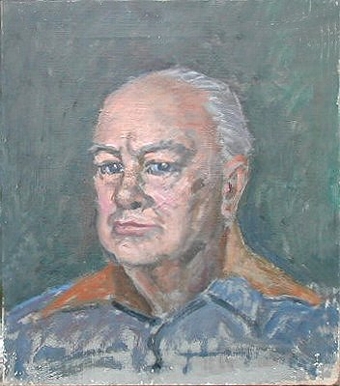portrait of his imperial majesty, haile selassie i, emperor of ethiopia (1892
- View other items in:
- antiques interior design modern and vintage
- other interior design
artware ltd
Enquire about this antique
Artware Ltd has 565 antiques for sale.
click here to see them all
Emperor Haile Salassie I of Ethiopia was made a knight of the Order of the Garter in 1954 . "On his appointment to the Order of the Garter in 1954 the Emperor at first asked that he be allotted two stalls in St George''s Chapel, one for him as Emperor of Ethiopia, and the other for him as The Conquering Lion of the Tribe of Judah."
Edward Bainbridge Copnall was born in 1903 at Cape Town, South Africa. He was the son of the Edward White Copnall and nephew of the celebrated Liverpudlian portraitist Frank Thomas Copnall (1870-1948). Edward was raised at Horsham in Sussex and was educated at the Liverpool Institute and Skinners School, then trained at Goldsmiths? College in New Cross, south London and at the Royal Academy Schools. He initially commenced his artistic career as a painter and at the age of 22, produced Whither (Horsham Museum). Executed in full-on Stanley Spencer mode, it portrayed a funeral and the crooked spire in the picture identifies the church as being St Mary?s Horsham. The painting depicts the commonplace and the nightmarish. A ghostly spirit flies from the coffin and a figure holds a skeleton and weeps tears of blood. Copnall encountered the carver Eric Kennington in 1927, forsook the paintbrush and took up the mallet and chisel. In 1938 he executed the Sight and Sound panels on the Warner Theatre, Leicester Square, London During the war, he worked as as a camouflage officer and was awarded an MBE. At the end of the war, was given a studio at the British School of Rome, where he painted portraits of senior officers. On his return from Rome, he was the headmaster of the Sir John Cass College of Art from 1945 to 1953. Further reliefs by him may be seen in Page Street, Westminster. They adorn the front of what is now a block of flats. but in 1952 was still a government building. He was awarded the silver medal of the Royal Society of British Sculptors for his large sculptured stag adorning the new Stag Place in Victoria. The sculpture is now at Maidstone, outside the Larksmeadow Centre. Perhaps one of Bainbridge Copnall?s best works is his statue Becket in the gardens of St Paul?s Cathedral in which he froze in time the death of the cleric St Thomas ? Becket, murdered by royal command in 1170. Copnall also produced wood carvings depicting history of shipping for the Cunard liners QUEEN MARY and QUEEN ELIZABBETH, and engraved glass screens for the latter. In 1954 he sculpted the statue of the Burmese General Aung San. He was responsible for the splendid reliefs adorning the office building which occupied the site of the old St James?s Theatre. The subjects of the carvings ranged from Oscar Wilde, and Sir George Alexander to Lord Olivier and Vivien Leigh. The closure and demolition of St James?s theatre was something of a cause celebre in 1957 and there was a nationwide campaign to try to save it. Working with James Woodford, Copnall carried out a substantial amount of sculpture for the Royal Institute of British Architects building at 66 Portland Place, London. He served as President of the Royal Society of British Sculptors (1961-66). He was author of A Sculptor?s Manual, published in 1971, and Cycles: An Autobiography ? The Life and Work of a Sculptor, published in 2001. His fibreglass sculpture Family Group at Billingham comprises a family linked in a ring. A shirtless father bends to reach the hands of a toddler, whilst the mother holds the youngest member of the family in her arms. It was inaugurated by The Queen on 19 October 1967. Following the unveiling, the Duke of Edinburgh is reported to have said to Councillor Bill Allen: ?The man on the statue looks rather careworn. Did you pose for it ?? Copnall was in the news on 6 January 2009 when the Daily Mail reported ?A vicar has removed a sculpture of the crucifixion from the front of his church because it was a ?horrifying depiction of pain and suffering? and was allegedly scaring off worshippers. The Reverend Ewen Souter of St John?s Church, Horsham, West Sussex said the traditional Christian symbol was frightening children and that it would be replaced with a modern, stainless steel cross.? Some of his congregation reacted angrily to the decision, one stating: ?The crucifix is the oldest and most famous symbol of the Christian church. Pulling it down and putting up something that would look more at home on the side of a flashy modern shopping centre is not the way to get more bums on seats. Next they?ll be ripping out the pews and putting sofas in their place, or throwing out all the Bibles and replacing them with laptops. It?s just not right.? The sculpture was subsequently presented to Horsham Museum, where a spokesman diplomatically said: ?Thanks to the generosity of St John?s, we have been given the remarkable sculpture of Jesus on the Cross by Edward Bainbridge Copnall. The museum was keen to have the figure because it is a stunning example of Edward?s ability and skill as a sculptor.?
Antiques.co.uk Ref: VHDGYJ4V
- Materials:
- Oil on Canvas
- Width (cm):
- 36 x 28in. (92 x 71 cm.)
Artware Ltd
Artware Fine Art specialises in fine antique, decorative and historical portraits and topographical pictures . We cover a period from the 17th and 18th centuries through to the 19th & 20th Centuries. We have over 150 portraits in stock, which can be viewed on our web site, each historical portrait has well researched biographical information both on the sitter and the artist.
Contact details
18 La gare
51 Surrey row
London
Greater London
SE1 0BZ
UNITED KINGDOM
T: 0207 921 97904
E: greg@artwarefineart.com
W: www.artwarefineart.com














